Can Dogs Eat Almonds? Understanding the Risks and Benefits
As a dog owner, you might wonder about sharing your favorite snacks with your furry friend. One common question is whether dogs can eat almonds. While they are a popular nut among humans, it’s essential to understand the risks and benefits associated with feeding almonds to dogs.
First, let’s look at almonds’ nutritional profile. Almonds are packed with healthy fats, protein, and fiber. However, they also contain phytic acid and tannins, which can be harmful to dogs. Many dogs cannot effectively digest nuts, leading to digestive issues. Additionally, almonds can pose a choking hazard or, if consumed in large quantities, may cause pancreatitis.
Potential Risks of Feeding Almonds to Dogs
- Choking Hazard: Almonds are hard and can lead to choking, especially in smaller dog breeds.
- Digestive Issues: Dogs may experience stomach upset, gas, or diarrhea if they consume almonds.
- Pancreatitis: The high-fat content in almonds can result in pancreatitis, a painful condition that requires immediate veterinary care.
- Obstruction: In rare cases, large pieces of almonds can cause gastrointestinal obstruction, requiring surgical intervention.
The potential risks of feeding almonds to dogs outweigh the benefits. If you’re considering sharing almonds with your dog, here are a few things to keep in mind.
Alternatives to Almonds
If you’re looking for healthy treats for your dog, consider alternatives that are dog-friendly. Here are some safe options:
- Carrots
- Apple slices (without seeds)
- Blueberries
- Green beans
- Commercial dog treats formulated with natural ingredients
These alternatives will provide your dog with essential nutrients without the risks involved with nuts like almonds. Always check with your veterinarian before introducing new foods into your dog’s diet.
What to Do If Your Dog Eats Almonds
If your dog accidentally consumes almonds, monitor them for any signs of distress. Symptoms of almond-related health issues can include:
- Vomiting
- Diarrhea
- Abdominal pain
- Loss of appetite
In case of severe symptoms or if a large quantity was consumed, contact your veterinarian immediately for guidance. They will provide the best steps to take based on your dog’s specific situation.
Potential Benefits of Almonds
Despite the risks, almonds do offer some nutritional benefits. But it’s crucial to remember that dogs should not consume them regularly. If you still wish to provide your dog with the possible benefits of almonds, consider almond butter in small amounts, ensuring it is unsalted and does not contain xylitol, a sweetener toxic to dogs.
Consulting with Your Vet
Before changing your dog’s diet, including introducing new foods like almonds, it’s wise to consult your veterinarian. They can offer tailored advice based on your dog’s breed, size, and health history. For more information on diets and safe foods for dogs, you can visit American Kennel Club (AKC) and ASPCA.
The Bottom Line
While almonds are a nutritious snack for humans, they are not an ideal choice for dogs. The risks associated with feeding almonds to dogs—such as choking, digestive issues, and potential pancreatitis—adhere to a more cautious approach. Always opt for safer, dog-friendly alternatives to ensure your furry friend remains healthy and happy. In doubt, always check with your vet to make informed decisions regarding your dog’s diet.
Alternatives to Almonds: Safe Snacks for Your Dog
As a dog owner, you might sometimes wonder what snacks are safe for your furry friend. While almonds might seem like a healthy choice for you, they are not ideal for dogs. Many pet owners seek alternatives that are both tasty and safe for their pets. Luckily, there are plenty of options that can provide your dog with a nutritious snack without compromising their health.
Fruits That Are Safe for Dogs
Different fruits can be a fantastic alternative to almonds. They are rich in vitamins and can contribute to your dog’s overall health. Some fruits you can safely share with your dog include:
- Apples: They are low in calories and high in fiber and vitamin C. Just make sure to remove the seeds and core.
- Bananas: These are great in moderation and provide potassium and vitamins. Cut them into small pieces to prevent choking.
- Blueberries: Packed with antioxidants, blueberries are a great treat. They are a low-calorie option and dogs love them!
- Watermelon: Remove the seeds and rind, and your dog can enjoy this hydrating snack on hot days.
- Carrots: Although not a fruit, carrots are crunchy and good for dental health.
Vegetable Options for Your Dog
Just like fruits, certain vegetables can also serve as excellent snacks. They provide essential nutrients and are generally low in calories. Consider these dog-friendly vegetables:
- Green beans: Packed with fiber, green beans are great for dogs and provide a satisfying crunch.
- Sweet potatoes: Rich in vitamins, sweet potatoes can be cooked and sliced into manageable pieces.
- Cucumber: Refreshing and hydrating, cucumbers are a low-calorie snack that many dogs enjoy.
- Peas: These can be offered fresh or frozen, providing protein and vitamins.
Commercial Dog Treats
If you prefer convenience, various commercial dog treats are designed specifically for canine health. Ensure you read the labels to choose high-quality treats. Look for the following:
- Grain-free options: Some dogs may have sensitivities to grains, and grain-free treats are a good alternative.
- Natural ingredients: Treats with no artificial additives are healthier and often more palatable for dogs.
- Low-fat treats: If your dog is prone to weight gain, opt for low-fat treats to keep them fit.
Nuts Other Than Almonds
While almonds are not safe for dogs, some nuts can be given in moderation. Always consult your vet before introducing new foods to your dog’s diet. Consider these nuts:
- Pecans: In small amounts, pecans can be safe but may not be easily digestible.
- Cashews: Cashews can be given occasionally, providing protein and healthy fats.
- Peanuts: Unsalted peanut butter is a popular treat among dogs, but avoid xylitol, a sweetener that is toxic to pets.
Homemade Snacks
If you enjoy making your dog’s treats, you can create snacks that are safe and nutritious. Here are a few ideas:
- Peanut Butter Biscuits: Combine whole wheat flour, oats, and peanut butter for a simple recipe.
- Frozen Treats: Blend yogurt, bananas, and berries, pour them into molds, and freeze for a refreshing snack.
- Pumpkin Bites: Mix canned pumpkin with oatmeal and egg, bake until golden.
When trying new treats or snacks, always monitor your dog for any signs of allergies or sensitivities. A good resource for finding dog-friendly foods and further information on pet nutrition is ASPCA’s dog nutrition tips.
These snacks into your dog’s diet can enhance their nutrition while providing them with delicious treats. Remember to approach new foods with caution and consult your veterinarian whenever necessary to ensure the best choices for your furry companion.
Recognizing Allergies: Signs Your Dog May Be Allergic to Nuts
Allergies in dogs can manifest in many ways, and when it comes to nuts, pet owners should be especially vigilant. Recognizing the signs of an allergic reaction is crucial for the health and well-being of your furry friend. If you suspect that your dog may have a nut allergy, it’s important to understand what symptoms to look out for.
The symptoms of nut allergies in dogs can often resemble other allergic reactions, which can make diagnosis tricky. Here are some common signs that your dog may be allergic to nuts:
- Itchy Skin: If your dog is scratching or biting at their skin more than usual, it could indicate an allergy. Pay attention to areas like the ears, paws, and belly.
- Red or Inflamed Skin: Allergic reactions can cause redness and swelling. Look for rashes or hot spots on your dog’s skin.
- Ear Infections: Frequent ear infections can be a sign of an underlying allergy. If your dog tends to shake their head or scratch their ears, it may require veterinary attention.
- Gastrointestinal Issues: Symptoms like vomiting, diarrhea, or a sensitive stomach may also point to an allergy. Watch for any changes in your dog’s eating habits.
- Respiratory Problems: Coughing, sneezing, or wheezing can be indicators of a severe allergic reaction, especially if coupled with other symptoms.
It’s important to note that not all dogs will exhibit the same symptoms. Some animals might display mild reactions, while others could have severe responses. If you suspect your dog is experiencing an allergy, keep a close eye on their behavior and health.
Diagnosing a nut allergy in dogs typically involves a combination of physical exams, medical history, and possibly allergy testing. You may want to consult with a veterinarian who specializes in animal allergies for a comprehensive examination. They may recommend an elimination diet where specific foods are removed from your dog’s meal plan to identify the allergy source.
| Symptom | Description |
|---|---|
| Itchy Skin | Excessive scratching or biting at certain body parts. |
| Red Skin | Inflamed areas, especially around joints and belly. |
| Ear Problems | Signs of discomfort in ears, frequent shaking of the head. |
| Gastrointestinal Upset | Symptoms include vomiting and diarrhea after nut exposure. |
| Respiratory Disturbances | Coughing, sneezing, or other respiratory issues. |
When it comes to potential nut allergies, prevention plays a critical role. If you know your dog has had negative reactions to certain foods in the past, it’s best to avoid those entirely. Additionally, keep an eye on them during family gatherings where nuts might be present, as accidental ingestion can occur.
If your dog has had an allergic reaction, your veterinarian may suggest medications to help alleviate symptoms. Antihistamines or steroids might be prescribed to reduce inflammation and discomfort. However, always consult your vet before giving any medications to your pet.
In some cases, a change in diet might be necessary to help manage allergy symptoms effectively. Switching to a hypoallergenic dog food can be a helpful step. Brands that cater to food sensitivities often contain novel proteins and fewer common allergens.
Keeping a diary can also be beneficial. Document what your dog eats, any symptoms observed, and when they occur. This information can be instrumental for your veterinarian when conducting their evaluation.
For more detailed information about dog allergies and dietary needs, consider visiting the American Kennel Club or the American Veterinary Medical Association. These resources can provide further insights into managing your dog’s allergies effectively.
Always prioritize your pooch’s health. If you suspect your dog is having an allergic reaction to nuts or any other food, timely intervention can make a world of difference. By understanding the signs and taking appropriate action, you can help your dog lead a comfortable and happy life.
Nutritional Needs: What to Feed Your Dog for Optimal Health
As a devoted dog owner, you want nothing but the best for your furry friend. A key component of maintaining their health and happiness is understanding their nutritional needs. Providing a balanced diet plays an essential role in ensuring your dog’s overall well-being. Here’s what you need to know about feeding your dog for optimal health.
Dogs, much like humans, require a variety of nutrients to grow, maintain energy, and strengthen their immune systems. These nutrients can be categorized into proteins, carbohydrates, fats, vitamins, and minerals. Each plays a unique role in your dog’s health.
Essential Nutrients for Dogs
Here are the main nutrients your dog needs:
- Proteins: Critical for muscle development, repair, and tissue growth, proteins should make up a substantial part of your dog’s diet. Sources include meat, eggs, and dairy.
- Fats: Healthy fats provide energy and support cell structure. Omega-3 and Omega-6 fatty acids are important. You can find these in fish oil and flaxseed.
- Carbohydrates: While not essential, carbohydrates provide extra energy. Whole grains like brown rice and oats are beneficial.
- Vitamins: These organic compounds are vital for metabolic function. Dogs can synthesize some vitamins, but others must be included in their diet. Vegetables, fruits, and certain meats are great sources.
- Minerals: Necessary for bone health and various bodily functions, minerals like calcium, phosphorus, and potassium should be part of your dog’s diet.
Understanding Dog Food Labels
When shopping for dog food, pay close attention to the labels. Many dog food brands offer a variety of formulas, each catering to different age groups, sizes, and dietary needs. Here are some tips to help you interpret these labels:
- Named Ingredients: Look for specific meat sources in the first few ingredients, like chicken, beef, or lamb.
- Meat Meals: Ingredients like “chicken meal” contain concentrated protein and are often more nutritious than fresh meat.
- Grain-Free or Grain-Inclusive: Depending on your dog’s needs, choose a formula that suits them best.
- Life Stage Appropriateness: Ensure the food is tailored for your dog’s age—puppy, adult, or senior.
Feeding Tips for Optimal Health
Here are some effective feeding tips to support your dog’s nutritional needs:
- Measure Portions: Overfeeding can lead to obesity. Follow the recommended feeding guidelines on the packaging.
- Regular Feeding Schedule: Establish a consistent routine for feeding to create stability for your pet.
- Portion Control: Adjust food intake based on activity level and health conditions. Consult your veterinarian for specific recommendations.
- Fresh Water: Always provide ample clean water, as hydration is key to all bodily functions.
Special Dietary Needs
Some dogs may have unique dietary needs based on factors like age, breed, or health conditions.
| Condition | Recommended Diet |
|---|---|
| Allergies | Limited ingredient diets with novel protein sources |
| Obesity | Reduced-calorie formulas |
| Diabetes | High-fiber, low-glycemic foods |
Always consider consulting a veterinarian before changing your dog’s diet, especially if special health needs arise.
Homemade Dog Food Options
If you prefer preparing meals from scratch, you can create nutritious homemade dog food. A balanced homemade diet can include:
- Cooked lean meats (chicken, turkey, fish)
- Cooked vegetables (carrots, peas, green beans)
- Whole grains (brown rice, quinoa, oats)
- Healthy fats (olive oil, fish oil)
However, be cautious to calculate the right proportions and avoid toxic foods like grapes, onions, and chocolate. For more guidance on homemade dog food, consider visiting The Honest Kitchen.
By understanding your dog’s nutritional requirements and providing a well-balanced diet, you can help ensure their long-term health. Always remember that every dog is unique, and selecting the right diet is crucial for their happiness and vitality. Don’t hesitate to consult your veterinarian for personalized advice.
The Role of Treats in Dog Training and Behavior Modification
When it comes to dog training, the right approach can make all the difference in your furry friend’s ability to learn and adapt. Treats play a pivotal role in this process, acting as a powerful tool for positive reinforcement. By offering rewards during training sessions, you can motivate your pet and solidify desirable behaviors.
Positive reinforcement involves rewarding an animal for exhibiting a desired behavior. This method works on the principle that behaviors followed by rewards are more likely to be repeated. Treats serve as an effective reward because dogs find them highly motivating. Here’s how treats can be strategically implemented in training:
Enhancing Engagement
Using treats during training increases your dog’s enthusiasm and willingness to participate. A sense of excitement can be fostered through positive rewards. An engaged dog is more attentive, which means they are likely to absorb training cues better.
Building Trust
By consistently rewarding your dog with treats, you’re building a bond based on trust. They learn to associate the training environment with positive experiences, which can reduce anxiety and promote a wholesome attitude towards learning.
Types of Treats to Use
Not all treats are created equal. The type of treats you choose for training can significantly impact your dog’s learning experience. Consider the following popular options:
- Soft Training Treats: These are easy to chew and digest. Dogs tend to favor them, making them excellent motivators.
- Homemade Treats: You can control the ingredients, ensuring your pup gets healthy options that cater to their dietary needs.
- Low-Calorie Treats: These are great for prolonged training sessions. They keep your dog satisfied without adding excessive calories.
Timing is Key
When using treats in training, timing is crucial. You should reward your dog immediately after they perform the desired behavior. This timing helps them make the connection between their action and the treat. For example, if you ask your dog to sit and they do so, serve them a treat right away. This reinforces the behavior effectively.
Managing Treats
While treats are beneficial, moderation is vital. Overusing treats can lead to weight gain and health issues. Here are some tips to manage treat usage:
- Use treats sparingly during training sessions.
- Consider low-calorie options for training to maintain your dog’s health.
- Incorporate praise and affection alongside treats to enrich the training experience.
Behavior Modification and Treats
Behavior modification is often a necessary step in training, especially for dogs exhibiting unwanted behaviors. Treats can play a particularly effective role here. For instance, if a dog is fearful of certain stimuli, using treats can help create a positive association. Gradually exposing the dog to the stimulus while offering treats can reduce anxiety and build confidence.
Consistent Command Recognition
For effective behavior modification, consistency in commands is crucial. Always use the same cue word when asking for a specific behavior and reward with treats when they respond correctly. Consistent cues reduce confusion, ensuring your dog learns faster.
Resources for Training
For further information and guidance on using treats in dog training, you can explore the following resources:
Treats are not just snacks for dogs; they are invaluable tools in training and behavior modification. By utilizing them effectively, you can enhance your dog’s learning experience, create a strong bond based on trust, and achieve desired behaviors. Whether you’re teaching basic commands or modifying problematic behaviors, treats can make all the difference in your training journey.
Conclusion
Choosing the right snacks for your dog is essential to their overall health and happiness. While the question of "can dogs eat almonds?" often comes up, it’s crucial to weigh the risks against any perceived benefits. Almonds can pose choking hazards and may lead to gastrointestinal distress. It’s always safer to lean towards treats specifically designed for dogs.
When looking for alternatives to almonds, consider healthier options like carrots, sweet potato, and apple slices. These not only satisfy your dog’s snacking needs but also provide vitamins and fiber, contributing to their well-being. It’s also important to stay vigilant for allergy signs, as some dogs might react negatively to nuts. If you notice symptoms like itching, swelling, or upset stomach, consult your veterinarian immediately.
Understanding your dog’s nutritional needs is another key factor in promoting a healthy lifestyle. A balanced diet tailored to your dog’s age, weight, and activity level will help maintain their optimal health. Treats can play a vital role in dog training and behavior modification, strengthening your bond and encouraging positive behavior.
Ultimately, being informed and choosing wisely will lead to a happier, healthier dog. Prioritizing safe and nutritious snacks over potential hazards, like almonds, is a simple yet effective way to ensure your furry friend thrives. Always strive to provide the best care and nourishment for your canine companion, focusing on their unique dietary needs and preferences.



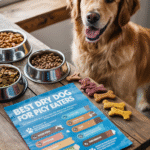
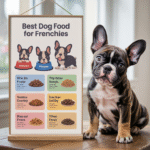
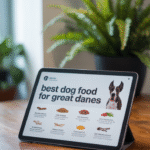
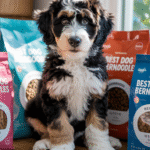
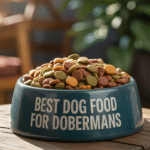


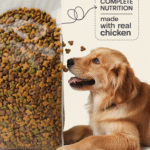
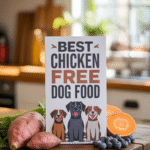

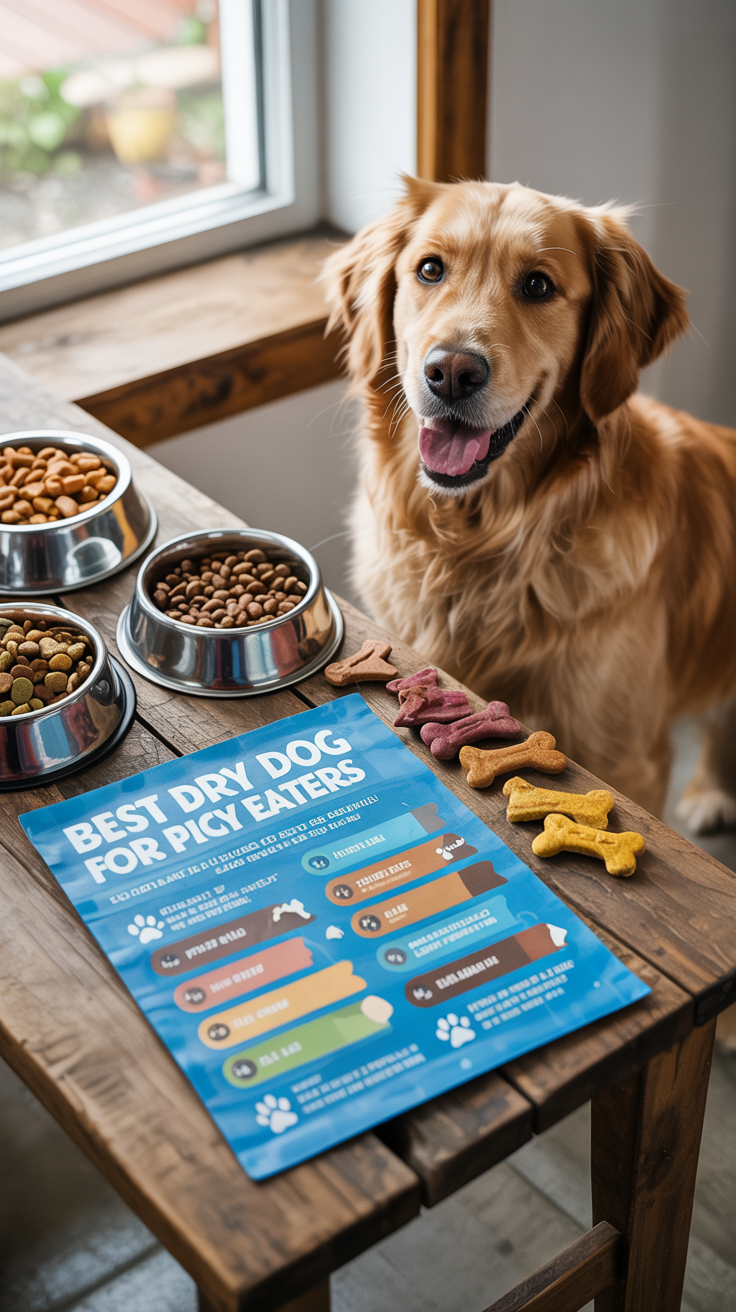
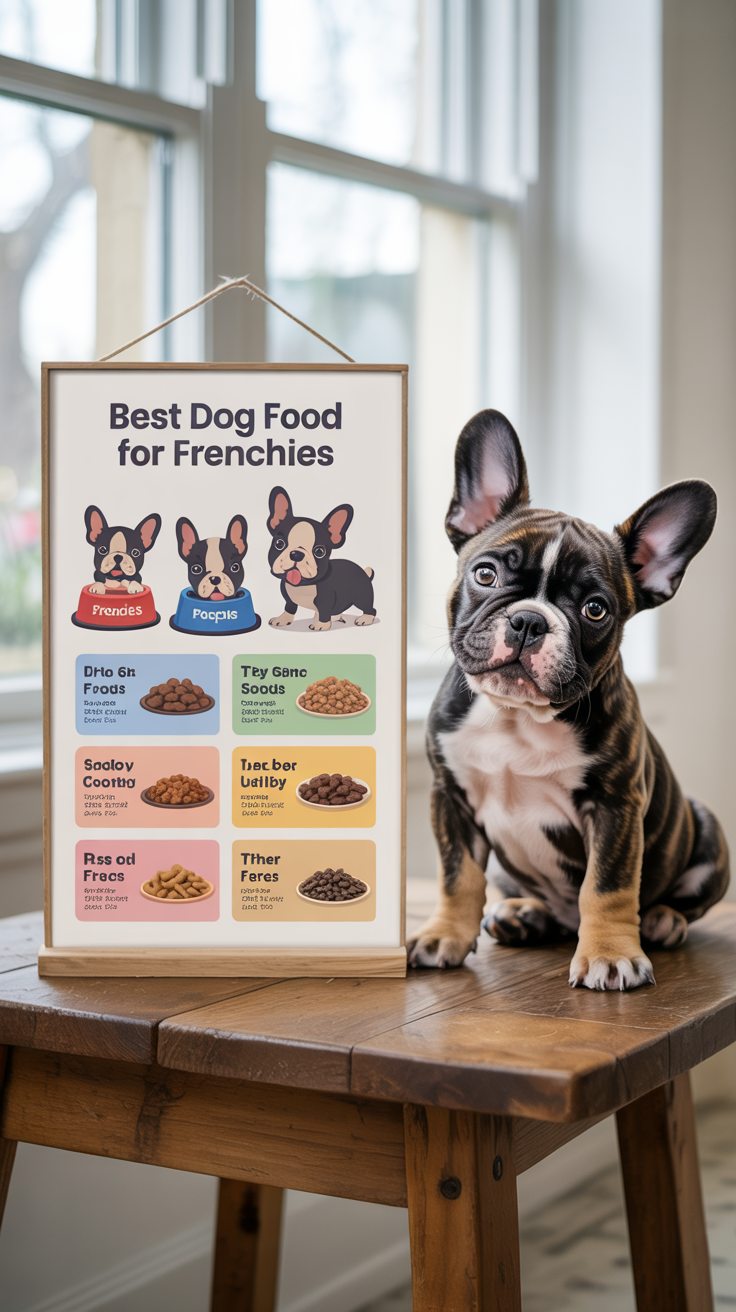
Leave a Reply